39.90 zł
Zamówienie wyślemy do 00 00 00
| Autor | |
|---|---|
| ISBN | |
| Rok wydania | |
| Liczba stron | |
| Format | |
| Cena katalogowa |
Table of contents, List of Figures, List of Tables, List of abbreviations and symbols, Introduction CHAPTER 1, The role of conceptual mechanisms in the construal of space 1.1. Introduction 1.2. Conceptual content as a basis of meaning 1.3. Principled polysemy model 1.3.1. Experiential correlation 1.4. Embodiment 1.4.1. Conceptualisation of verticality 1.5. Construal of spatial relationships 1.5.1. Schematicity 1.5.2. Focusing 1.5.3. Prominence 1.5.4. Perspective 1.5.5. Force-dynamics 1.6. Between prepositions and verbal particles and prefixes 1.7. Aspectual construal 1.8. Conclusions CHAPTER 2 Non-spatial meaning extensions of the English particles up, down, over, under and on 2.1. Introduction 2.2. Spatial particles of orientation: up and down 2.3. Semantics of up 2.3.1. Proto-scene for up 2.3.2. Functional elements encoded by up 2.3.3. Data and frequency of senses 2.3.4. Functional element of an increase in accessibility/visibility 2.3.4.1. The Quantity Cluster 2.3.4.2. The Visibility Cluster 2.3.4.3. Other senses 2.3.5. Functional element of a decrease in accessibility /visibility 2.3.6. Semantic network for up 2.4. Semantics of down 2.4.1. Proto-scene for down 2.4.2. Functional elements encoded by down 2.4.3. Data and frequency of senses 2.4.4. Functional element of a decrease in accessibility/visibility 2.4.4.1. The Scarcity Cluster 2.4.4.2. Other senses 2.4.5. Functional element of an increase in accessibility/visibility 2.4.6. Semantic network for down 2.5. Particles of oriented space: over and under 2.6. Semantics of over 2.6.1. Proto-scene for over 2.6.2. Reanalysis of the proto-scene: spatial extensions 2.6.3. Data and frequency of senses 2.6.4. Senses motivated by the A-B-C Trajectory Cluster and its segments 2.6.4.1. The Point C Cluster 2.6.4.2. The A-B-C Trajectory Cluster 2.6.4.3. The B-C Trajectory Cluster 2.6.5. The Higher-than Cluster 2.6.6. Semantic network for over 2.7. Semantics of under 2.7.1. Proto-scene for under 2.7.2. Data and frequency of senses 2.7.3. Non-spatial senses of the particle under 2.7.4. Semantic network for under 2.8. Semantics of on 2.8.1. Proto-scene for on 2.8.2. Functional elements encoded by on 2.8.3. Data and frequency of senses 2.8.4. Reanalysis of the proto-scene 2.8.5. Functional element of contact 2.8.6. Functional element of support 2.8.7. Functional element of control 2.8.8. Functional element of visibility 2.8.9. Semantic network for on 2.9. Conclusions CHAPTER 3 Non-spatial extensions of the Polish prefixes nad-, pod-, na-, w-, wz- and z- 3.1. Introduction 3.2. Semantics of nad- 3.2.1. Proto-scene for nad 3.2.2. Functional elements encoded by nad 3.2.3. Reanalysis of the proto-scene: spatial extensions of the preposition nad 3.2.4. The Approach Sense II of the prefix nad- 3.2.5. Non-spatial senses of the prefix nad- 3.2.5.1. Data and frequency of senses 3.2.5.2. The Approach Sense II and its extension 3.2.5.3. The Vertical Elevation Cluster 3.2.5.4. Semantic network for nad- versus semantic network for over 3.3. Semantics of pod- 3.3.1. Proto-scene for pod 3.3.2. Functional elements encoded by pod 3.3.3. Reanalysis of the proto-scene 3.3.4. Spatial senses of the prefix pod- 3.3.5. Non-spatial senses of the prefix pod- 3.3.5.1. Data and frequency of senses 3.3.5.2. Non-spatial senses of the prefix pod- triggered by the reanalyses of the proto-scene 3.3.5.3. Non-spatial senses of the prefix pod- triggered by functionalelements 3.3.5.4. Semantic network for pod- versus semantic network for under 3.4. Semantics of na- 3.4.1. Proto-scene for na 3.4.2. Functional elements encoded by na 3.4.3. Reanalysis of the proto-scene 3.4.4. Non-spatial senses of the prefix na- 3.4.4.1. Data and frequency of senses 3.4.4.2. Functional element of accumulation 3.4.4.3. Functional element of contact 3.4.4.4. Reanalysis of the proto-scene: the Intended Target Sense 3.4.4.5. Semantic network for na- versus semantic network for on 3.5. Marginal cases: w-, wz- and z- 3.5.1. Prefix w- 3.5.2. Prefix wz- 3.5.3. Prefix z- 3.5.4. Basic contrasts between Polish and English 3.6. Conclusions, Conclusion, References, Thematic index, Index of names
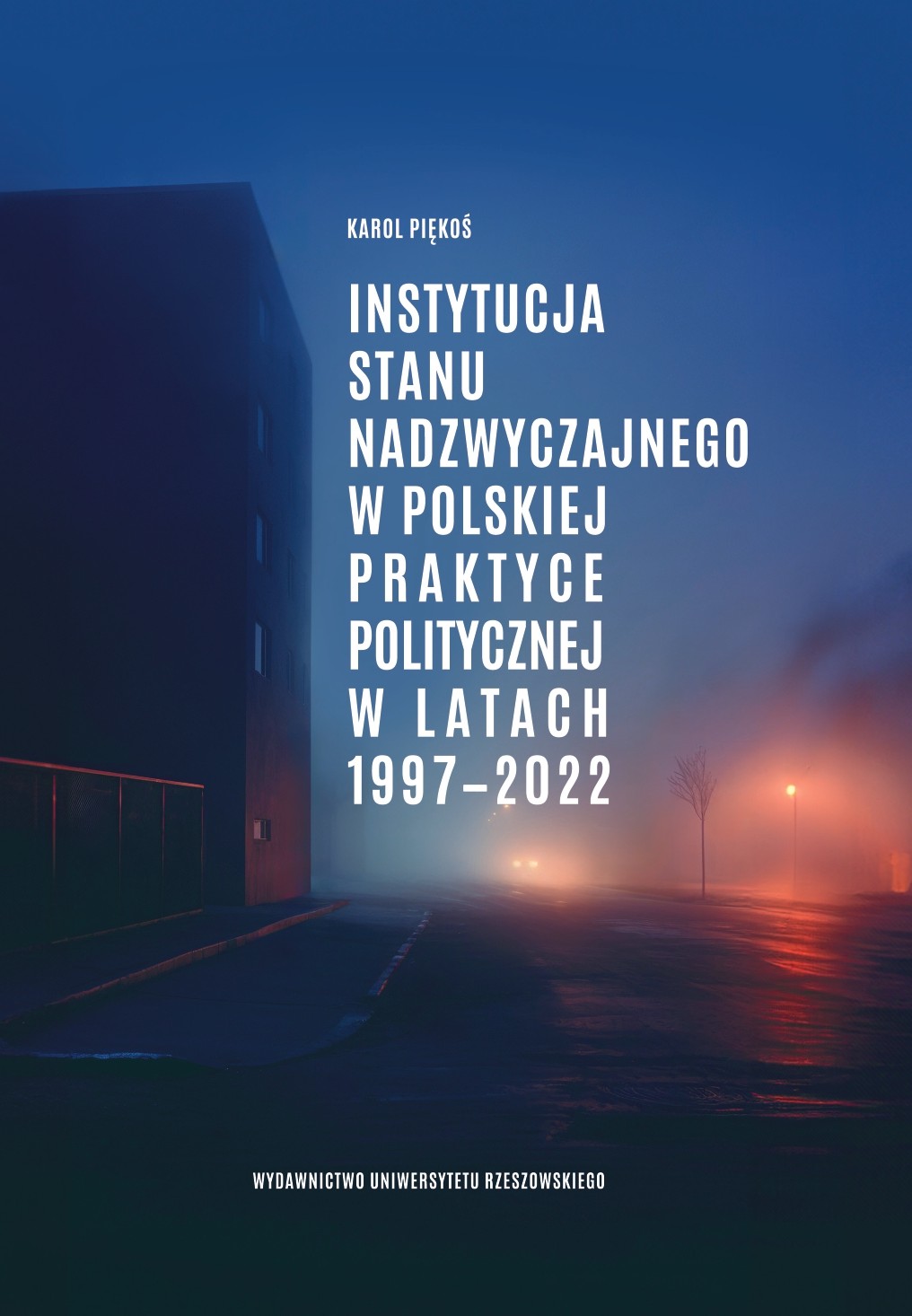
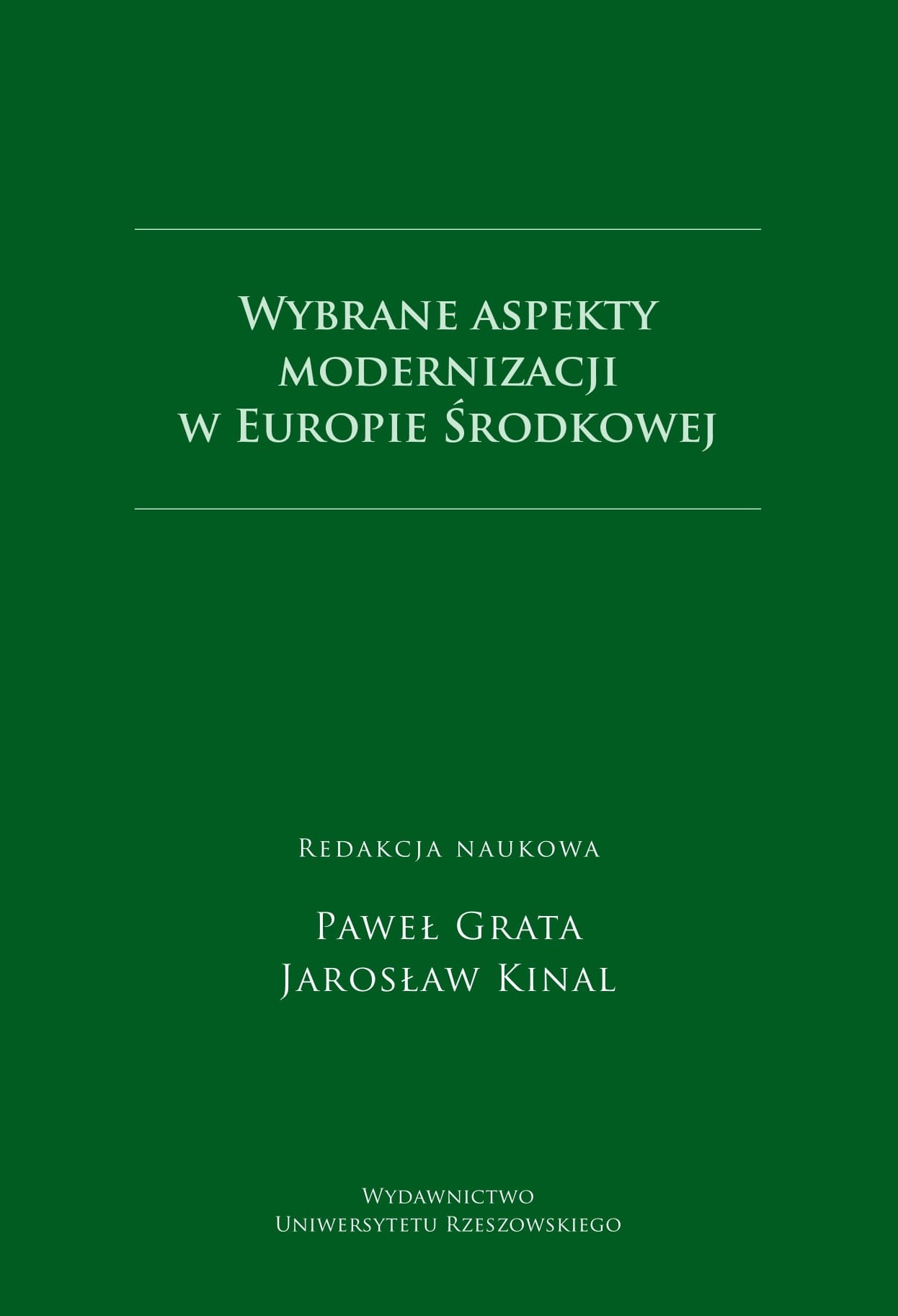


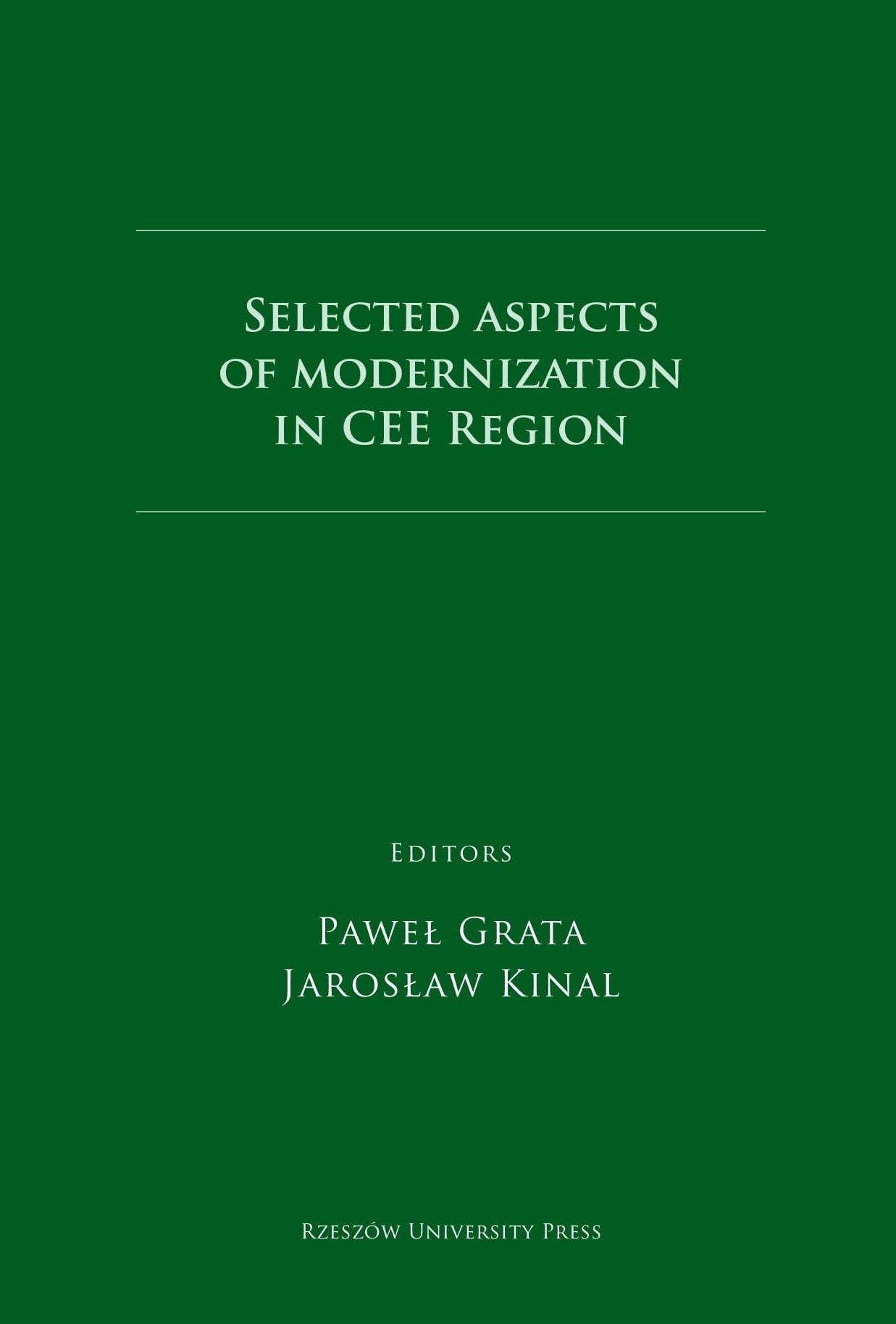
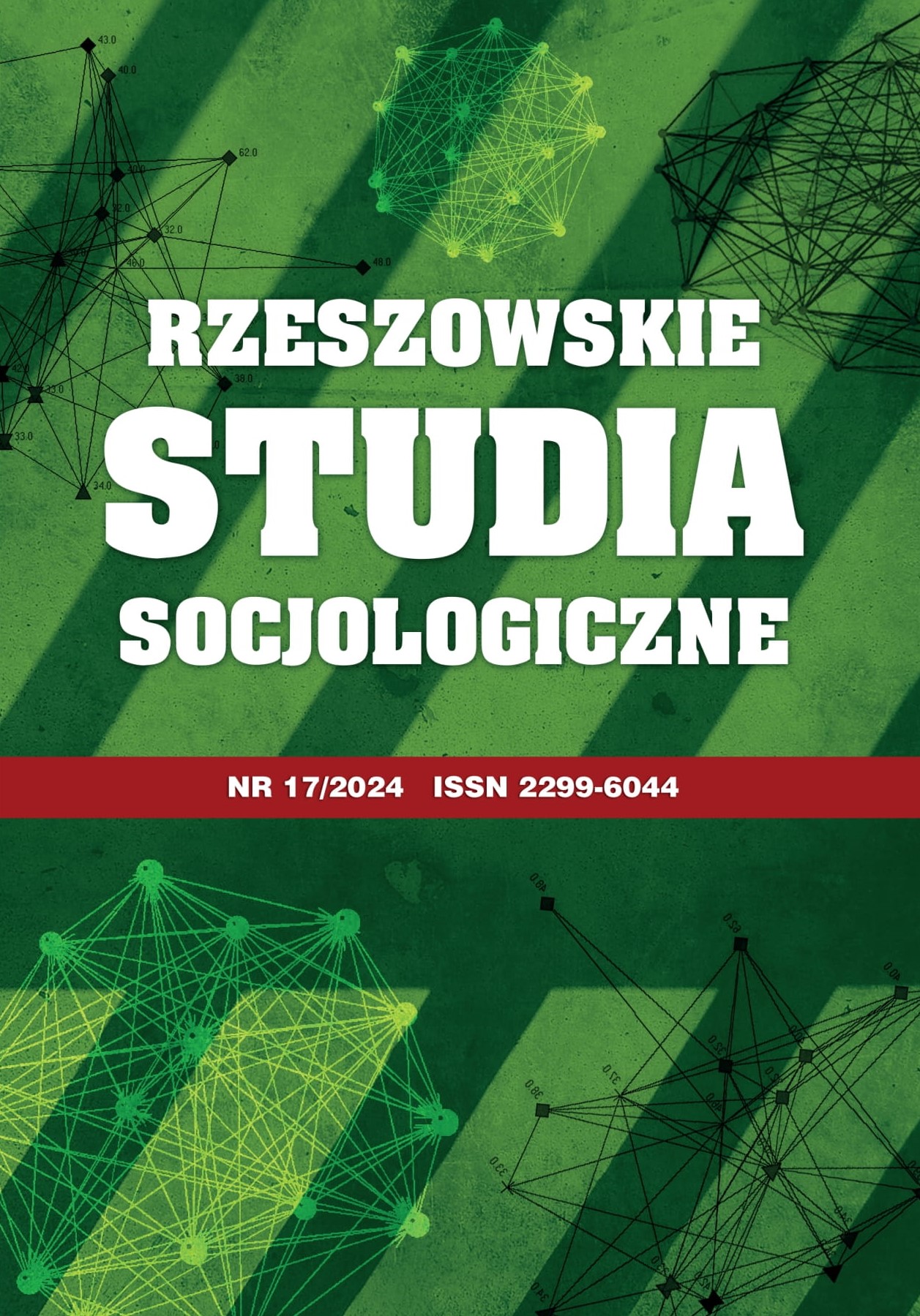
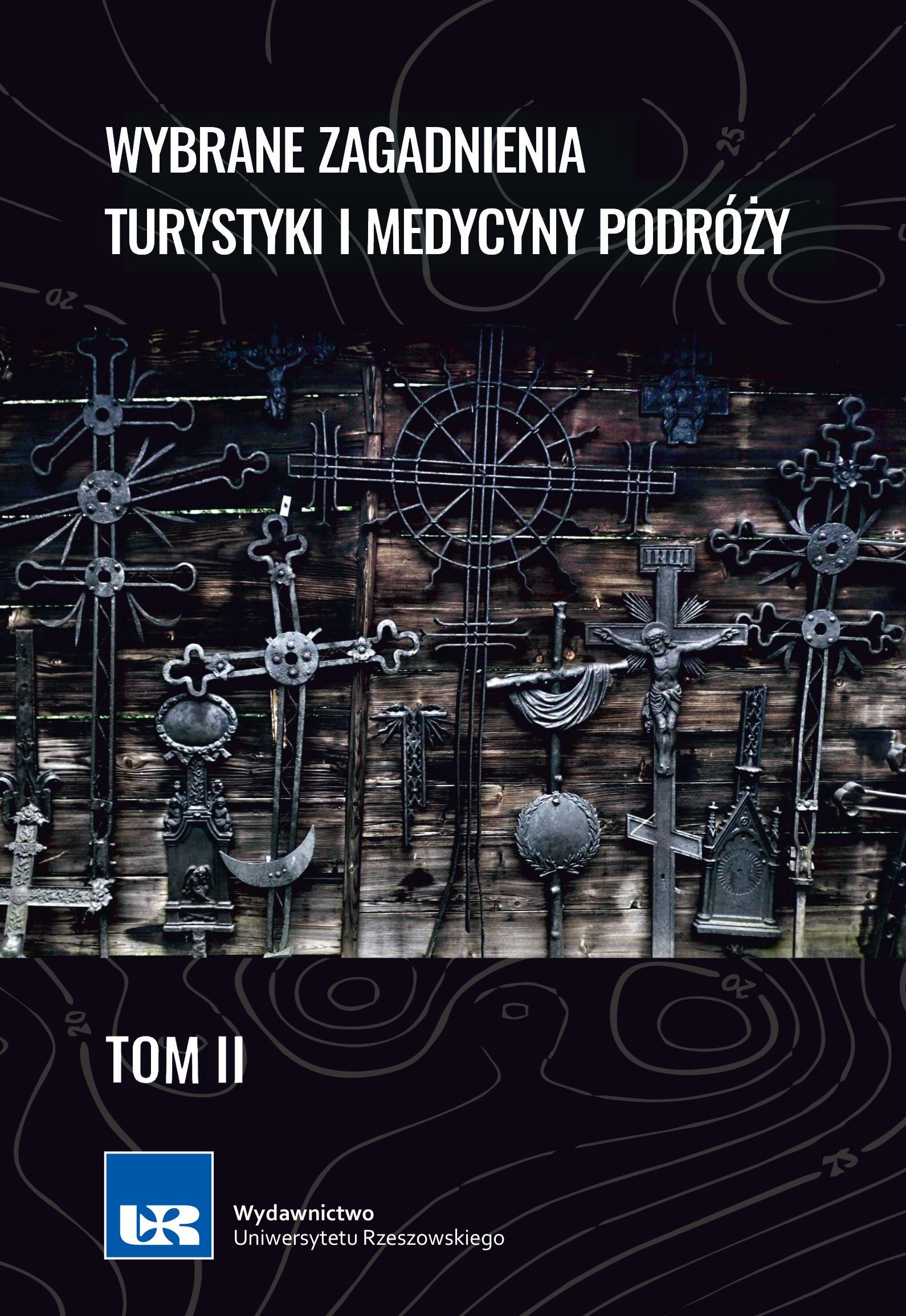
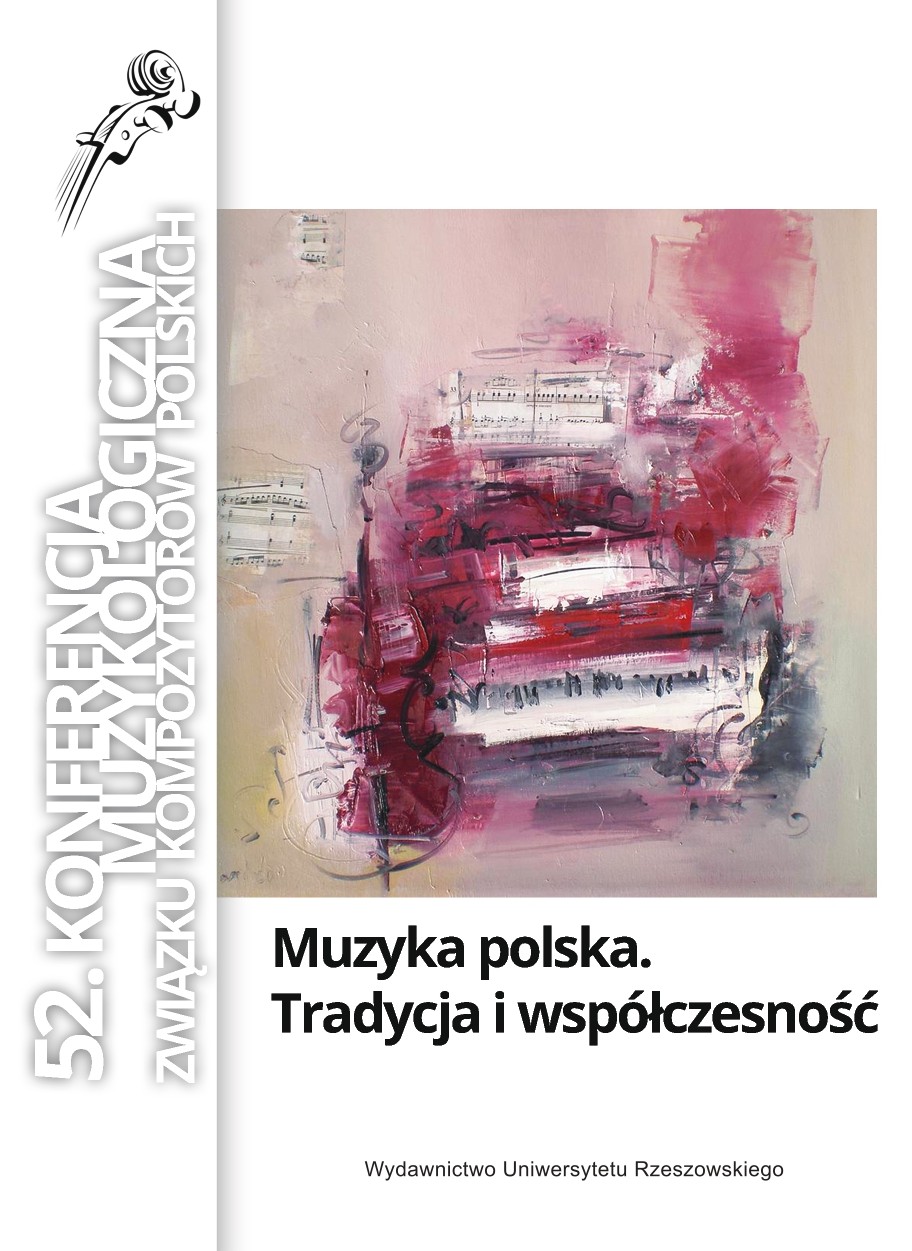
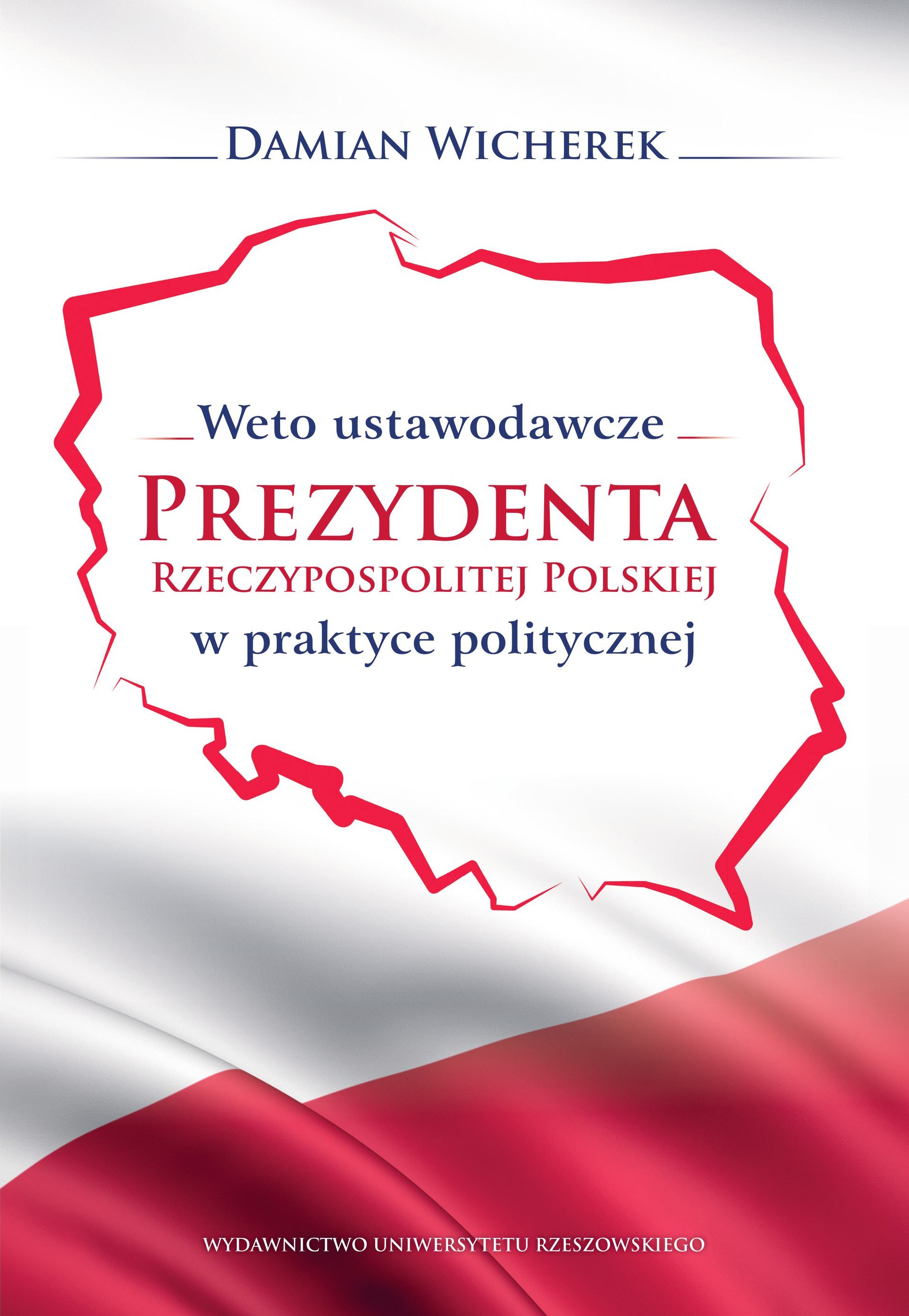
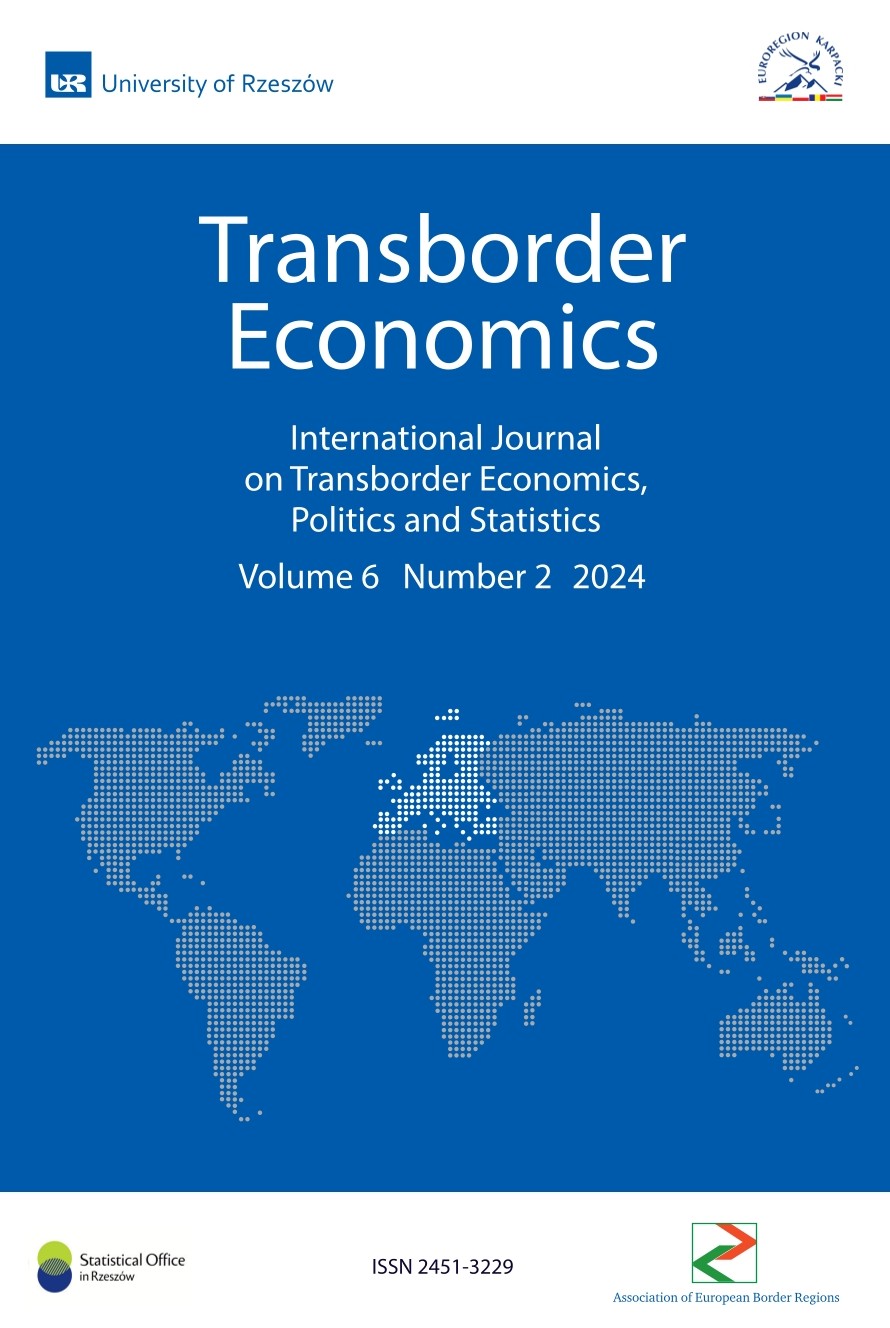

Copyright © 2025
wydawnictwo@ur.edu.pl
tel. 017 872 13 69 (Kolportaż)
tel. 017 872 14 37 (Dyrektor)
faks: 17 872 14 26
e-mail: wydawnictwo@ur.edu.pl
Adres:
ul. prof. St. Pigonia 6, 35-310 Rzeszów